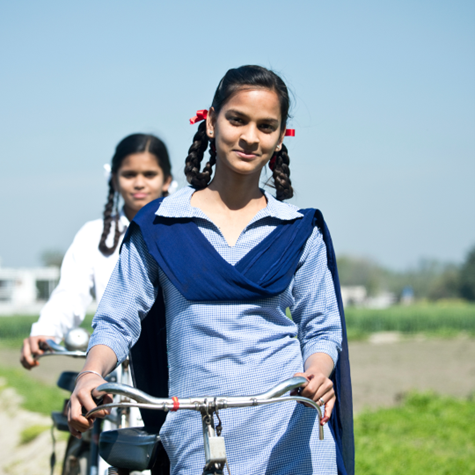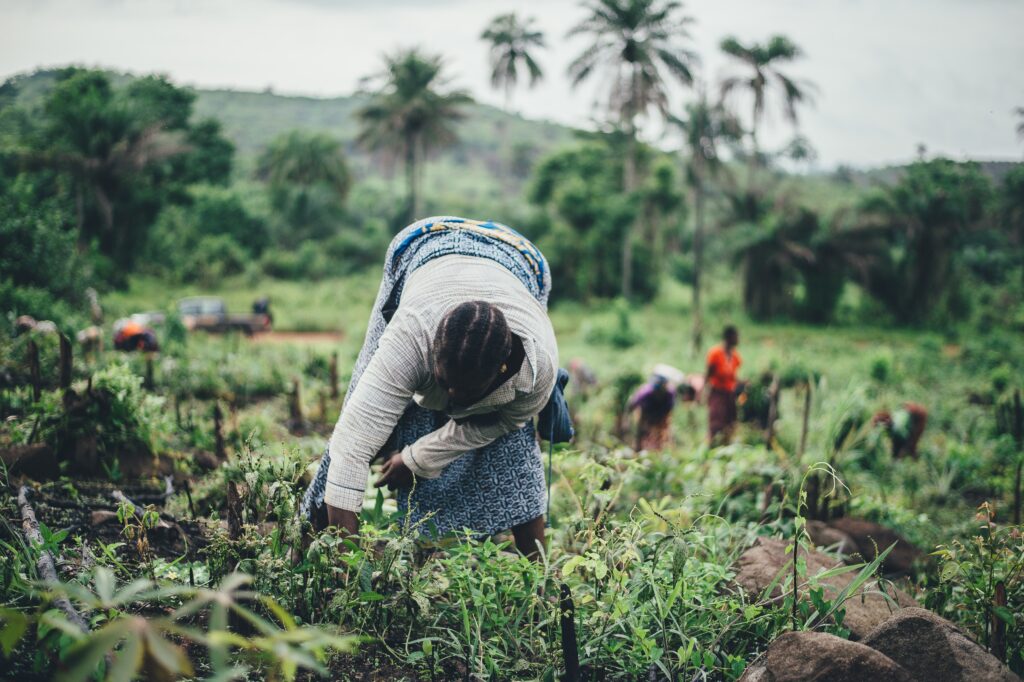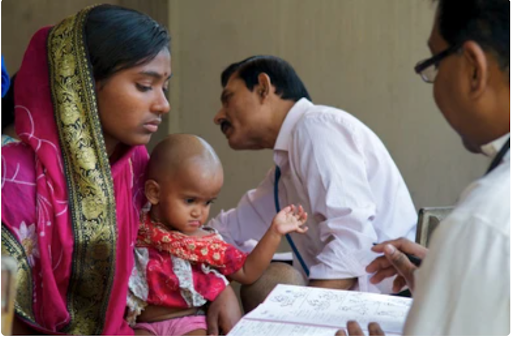They face major life disruptions such as early marriage and motherhood, repeated academic setbacks and migration which affects their ability to complete secondary education through mainstream schools.
Client Brief
A non-profit operating in 20,000+ villages across Rajasthan, Uttar Pradesh and Madhya Pradesh, seeks to develop a model that enables PAR OOSGs irrespective of their geography, to gain the key credential of 10th grade through open schools and thereby unlock better life chances. Sattva has been on-boarded as a strategic partner to co-create a hyper-scale model for the programme that can impact 3,00,000 girls by 2025.
Sattva’s Approach
Sattva’s Retained Advisory team is working with the non-profit client as an extension of their programme team to design, execute and evaluate a series of pilots to arrive at a scalable programme design. The key tenets of design for the model are geography agnostic replicability and partner-driven execution to ensure leanness. This assignment also includes designing a comprehensive technology solution to anchor the entire programme lifecycle, including remote quality assurance.
The programme is driven by a ‘compassionate adult’ who acts as the primary delivery anchor/ facilitator and through consistent support over a course of 3 months helps the PAR OOSGs develop 4 core skills, namely — self-study, peer learning, confidence and agency. These 4 skills enable the girls to not only achieve secondary school credentials but also to access further life chances in terms of education, training and employment.
Pillars of the model: The key pillars of the model have been derived from the initial pilots as well as the client’s 14 years of experience in working with the target demographic of the model.
| Key learnings from the field | Methodology and Sattva’s associated Impact on the model |
| Given the gamut of responsibilities on the girls and the financial/social burdens on their families, there is usually no dedicated champion and guide accessible for support through the open schooling process | Identification and onboarding of a “compassionate adult”: Sattva has developed a framework of competencies to identify such an adult and is testing onboarding at a national and hyper-local level |
| The kind of support required by the girls has less to do with the core subject-wise curriculum and more with developing the skills required to make a return to studying/education possible i.e skills such as foundational literacy, study strategy and study planning | Moving from teaching to facilitation: The solution anchors programme-related as well holistic professional development and credentialing of the ‘compassionate adult’ facilitators based on training content developed by the client |
| The facilitator plays a crucial role in enabling a shift in the parents’ and larger communities’ mindsets regarding the education of these girls, which often leads to very context-specific challenges. Combatting such challenges needs a dedicated thought partner for problem-solving as well as building and maintaining morale | Providing field support to the facilitators: A virtual field support centre has been established to ensure consistent and effective communication with the facilitators as well as the girls and their families |
| There is often a delay in resources provided by the government and in general a lower density of study resources available in the geographies in question | Providing learning resources for girls: Technology will be accessed either directly by the girls or through the facilitators (depending on smartphone access) to support self learning of core content, life skills and career awareness |
| In order for the programme to be operated with fewer feet on the ground, data needs to be regularly tracked and actioned to ensure quick course correction | Remote quality assurance: The generated data will be used to monitor operations of camps and drive strategic decision-making |
Project Deliverables
- Programme design includes the operational and training SOPs, governance mechanisms, and monitoring and evaluation frameworks.
- Technology solution design catering to nonprofits and government bodies.
- Overall strategy document for achieving pan-India scale.
- Financial model for the programme at scale.
Outcomes of the Project
- 2 Pilot cycles have been completed where 4000+ girls across 294 villages in 11 districts of Rajasthan participated in the programme.
- A 4 bench virtual field support helpline has been established.
- The facilitator-facing technology solution has been launched.
- 6000 girls will join the programme in 2022-23.




